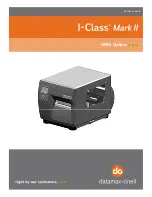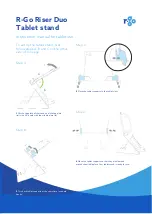
GE, GX Series
Backhoe
Operation
35
7.10 Storage
After the season's use or and the backhoe is not going to be
used for a period of time, disconnect it from the machine and
place it away in storage. Repair or replace any worn or damaged
components to prevent any unnecessary down time at next use.
NOTE:
If the backhoe is mounted on a tractor, the
subframe should remain on the tractor on not be
removed.
To ensure a long, trouble-free life for your backhoe, follow these
steps:
1.
Thoroughly wash the machine using a pressure washer to
remove all dirt, mud, and debris.
2.
Inspect the bucket, dipper, and boom for damage or
entangled material. Repair or replace damaged parts.
Remove all entangled material.
3.
Check the oil in the optional reservoir (if so equipped). Add
as required.
4.
Lubricate all grease fittings. Make sure all grease cavities
have been filled with grease to remove any water residue
from washing.
5.
Touch up all paint nicks and scratches to prevent rusting.
6.
Store the machine in an area away from human activity.
Select an area that is dry, level and free of debris.
7.
Place blocks or planks under the base and bucket.
8.
Unhook from tractor.
9.
Put plastic caps on hose ends and stow hoses in storage
brackets to keep them off the ground.
10.
Apply a coat of heavy grease to exposed cylinder rams to
prevent rusting.
11.
If the machine cannot be placed inside, cover with a
waterproof tarp. Tie securely in place.
12.
Do not allow children to play on or around the stored
machine.
7.10.1 Removing the Backhoe from Storage
1.
Hook up the backhoe to the machine.
2.
Check oil level. Add if required.
3.
Check all hardware. Tighten as required.
4.
Check all hydraulic lines, fittings and connections for leaks.
5.
Lubricate all grease fittings.
6.
Clean off cylinder rams.
7.
Go through the pre-operation checklist before using. See
01001
Fig. 31 –
Storage Position













































